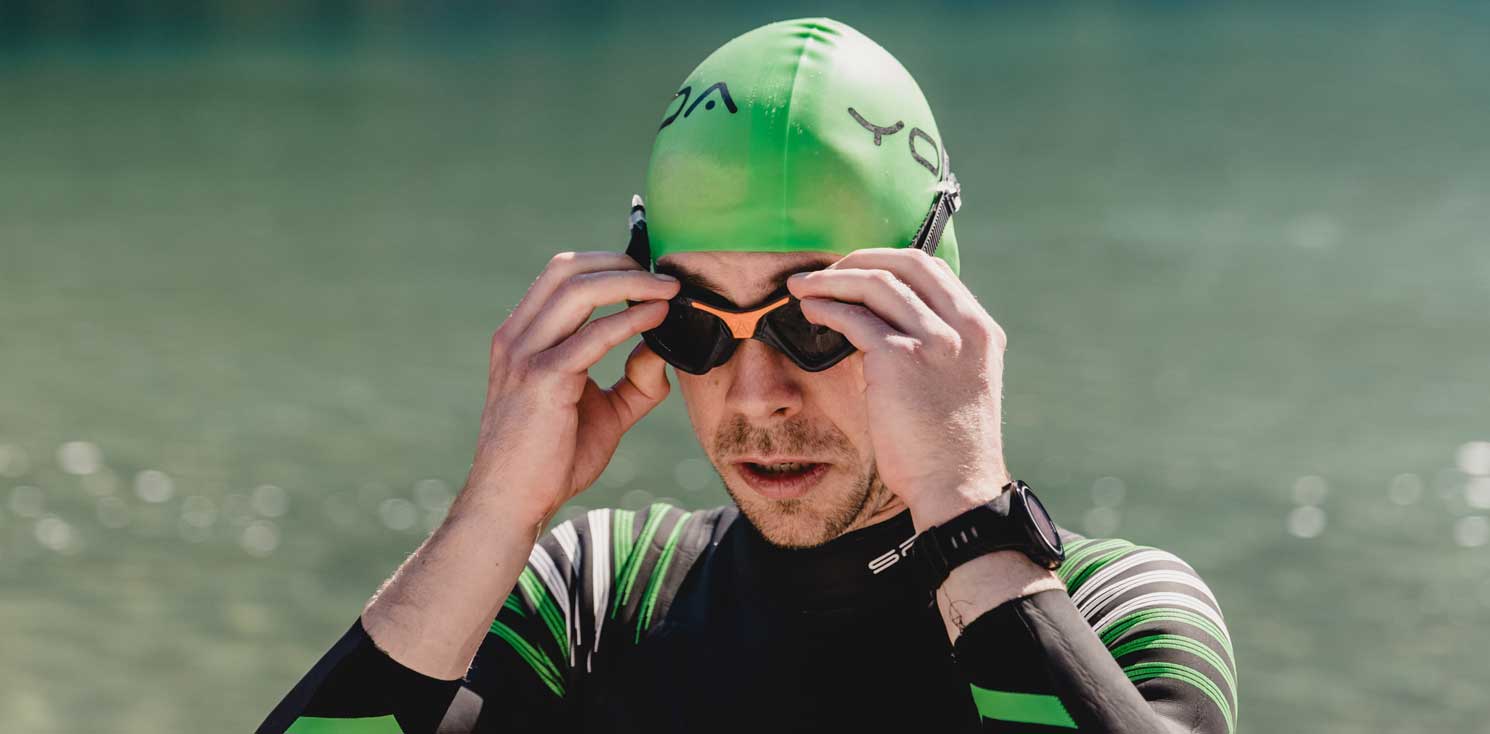Open water swimming is a thrilling and invigorating way to experience the beauty of nature while also getting a great workout. If you're a beginner, it's natural to feel a bit intimidated by the prospect of swimming in open water, but with the right preparation and mindset, you can safely and confidently enjoy this rewarding activity.
Open Water Swimming for Beginners
Here are some tips to help you get started with open water swimming.
Open Water Swimming Equipment
First and foremost, it's essential to make sure you have the right equipment. A wetsuit is a must-have for open water swimming, as it provides warmth and buoyancy in colder water. You may also want to consider wearing a swim cap to keep your hair out of your face and goggles to protect your eyes from the saltwater. In addition, it's a good idea to have a floatation device, such as a kickboard or pull buoy, to help you stay afloat if you need a break or get tired.

Next, it's crucial to choose a safe and appropriate location for your open water swim. Look for a designated swimming area that is supervised by lifeguards or a swim coach. Avoid swimming alone and make sure to inform someone of your plans, including where you'll be swimming and for how long. It's also a good idea to familiarize yourself with the area and any potential hazards, such as boat traffic or underwater obstacles.
Open Water Swimming Navigation
Once you're ready to start your open water swim, it's important to take it slow and steady. Begin by acclimating yourself to the water temperature and taking some time to get comfortable. It's normal to feel a bit nervous or anxious at first, so take deep breaths and try to relax. As you start swimming, focus on your technique, and try to maintain a steady pace. If you start to feel tired, it's okay to take a break and use a floatation device to rest.
One of the most challenging aspects of open water swimming is navigating the course. To stay on track, it's helpful to use landmarks and other visual cues to orient yourself. You can also use a GPS watch or a swim cap with a built-in compass to help you stay on course. It's also important to pay attention to the conditions of the water and adjust as needed. If the water is choppy or there is a strong current, it may be necessary to adjust your stroke or swim with a partner for added support.
Be Aware of Your Limits
Finally, it's crucial to listen to your body and be aware of your limits. Open water swimming can be physically demanding, so it's important to pace yourself and pay attention to your body's needs. If you start to feel tired or overwhelmed, it's okay to take a break or stop swimming altogether. It's better to be safe than to push yourself beyond your limits and risk injury.
In conclusion, open water swimming is a fantastic way to enjoy the great outdoors and get a great workout. By following these tips and being prepared, you can confidently and safely enjoy this thrilling activity. Whether you're a beginner or an experienced swimmer, open water swimming has something to offer for everyone.

